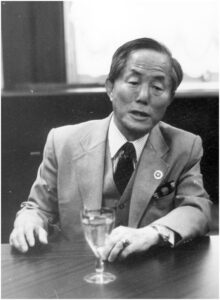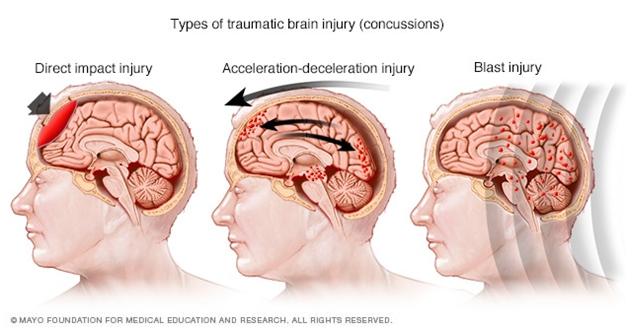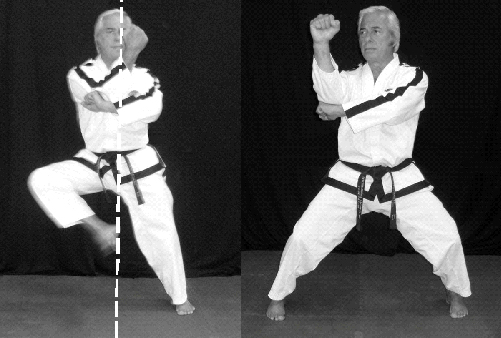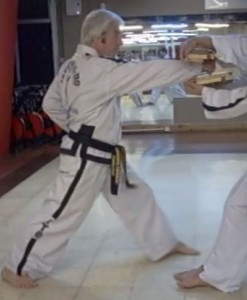
It is publicly known that the biomechanical diversity is one of several factors that feed the unnecessary creation of entities that claim to teach the art founded by General Choi Hong Hi.
In a note written some time ago, I’ve described how evolutionary has been the art over the years. However, this necessary evolution has contributed to several mischievous to do their pranks.
It is evident that Taekwon-Do offered by General Choi to the world in the late 60s and early 70s, has nothing in common with the biomechanical, aesthetic, protocol and pedagogical development instituted in the 80s and 90s in his hands “exclusively”. In the term exclusively is the key to what happened after his death.
The 15-volume encyclopedia of his authorship and with an exceptional photographic and narrative profusion leaves no room for doubts about how to move, the parameters to follow and the reasons that feed them. Quantities of videos of his seminars in different countries confirm what he said there. As a translator into Spanish of his condensed encyclopedia (1995 version), and assisted him in more than 10 of his seminars or IICs, and having received direct instruction from him, I can attest what I say.
The objectives to be achieved were the trigger for these evolutionary factors. The objectives haven’t changed in their unique martial destiny. In other words, if you don’t follow the pre-established parameters of that evolution, if you change something, the objectives inexorably will change. Yes, the goals have been changed. Who did it? The naughty ones mentioned above. And why have they changed them? Because they are more papist than the Pope, and they consider that the Pope didn’t know as much as they do, considering that necessary arrangements had to be made to improve the matter. The other reason is to put their heads out of the bag and say, here I am, in their need to advertise something that differentiates them from the rest and produce a better capture of members.
It’s very difficult to see what happened if you haven’t been, as it is my case, practically since the beginning of art in the West. To order the narrative, let’s say that the biomechanics, the aesthetic, the protocol and its pedagogical system have been altered, modified after General passed away.
The emphasis placed on the creation of a misunderstood sine wave has been exacerbated, to the point of take away the practical usefulness of certain movements and kicks. It is very easy to see the exaltation of exhibitionism and not the effectiveness. The semantics of the words corroborate this, the exhibitionist dedicates himself to exhibiting and show their “abilities” without caring too much if what he does is useful or not, if he can apply it or not in actual self defense. On the other hand the practitioner is who uses what he has learned to reach the targets, who sets in motion the mechanisms based on effectiveness.
The necessary, inevitable and natural sine wave that feeds the creation of greater power in performances is produced in a static and dynamic way. When it is well understood and well taught, movement retains its naturalness. When pedagogically the opposite happens naturalness disappears and the power is reduced due to the use of an erroneous methodology.
The human body is provided with several joints in its lower extremities, therefore we are a walking sine wave without realizing it. The General insisted in his seminars on the need to be relaxed in the execution of the movements.
There are biomechanical teachings that erroneously incite to forcibly muscle tension to maintain the vertical of the spine. With an unnecessary cervical and shoulder muscle stiffness and with the execution of a robotic, unnatural movement you’ll obtain the opposite result than those looked for. Until the present, I still hear the voice of Gen. Choi insisting in his seminars: «both arms and both legs must be properly bent while the movement is in motion.»
Today, however, the opposite is taught. In order to transfer the body weight in a dynamic and descending way (from a walking stance to another walking stance), the performer is asked to raise his structure by extending the knee of the supporting leg when he moves, creating with this erroneous execution the saw tooth wave, considered from theory and practice as a factor to reducing power, in other words contrary to the desired result.
With a single action is enough to show what happen. Look at a performer’s posture when making a power break with their hands and you’ll notice the absence of cervical and shoulder muscles tension when he moves toward the target. If this were not the case, its execution would be a failure due to the lack of speed.
Patterns (Tul) are there to help us to improve our biomechanics and not to hinder it. Patterns should help us to know and execute movements that we can’t find in combat with a single oponent.
For some years now, unnatural biomechanical parameters have been created and competition judges have been trained in this regard. Therefore, when the judge does not find the absurdity that has been sold to them as good in the performers, they deduct his score. In other words, stiffness, never taught by the founder of the discipline, is rewarded.
Would you use for your actual self-defense against one or more opponents the robotic movements you have been told to do when training patterns? If the answer is no, I think something is wrong with the biomechanics of your training.
SGM Ricardo Desimone
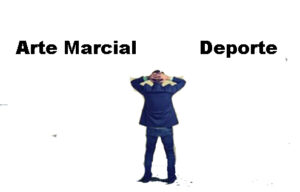
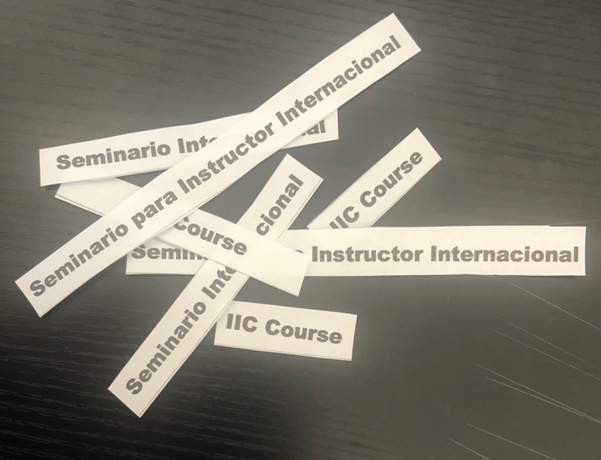 Most likely, the majority are unaware that, in the early days of the discipline in the West, everything revolved around attending the practice venue. The Instructor/student relationship was the gateway to guidance and knowledge of the sought-after skills.
Most likely, the majority are unaware that, in the early days of the discipline in the West, everything revolved around attending the practice venue. The Instructor/student relationship was the gateway to guidance and knowledge of the sought-after skills.
